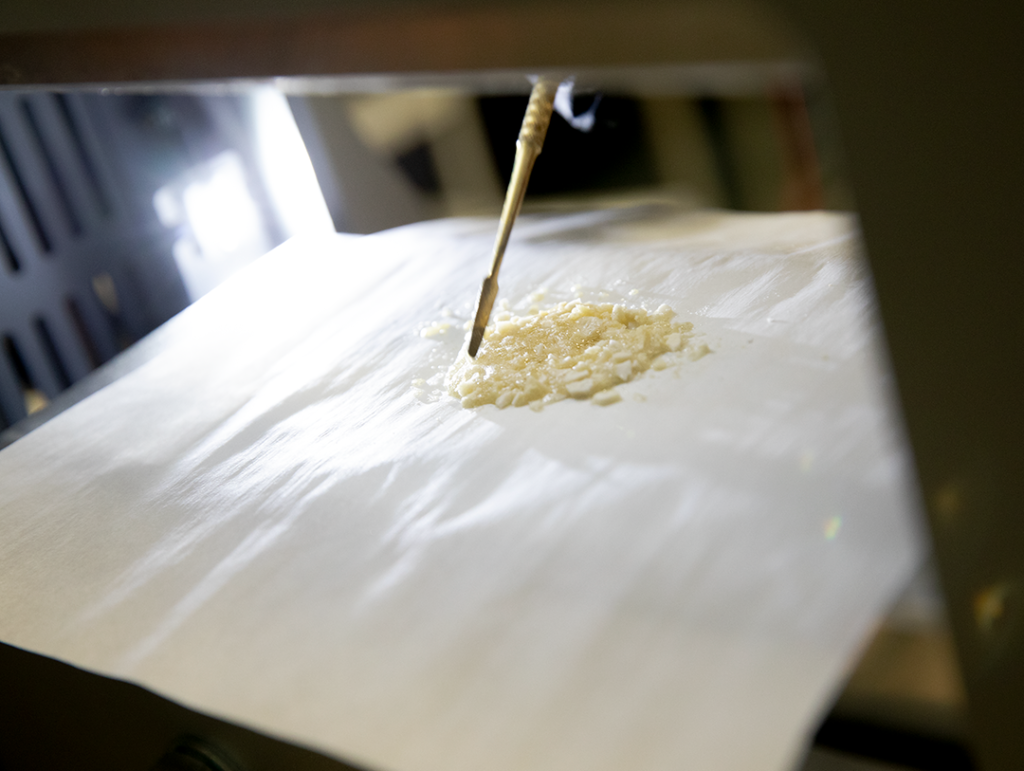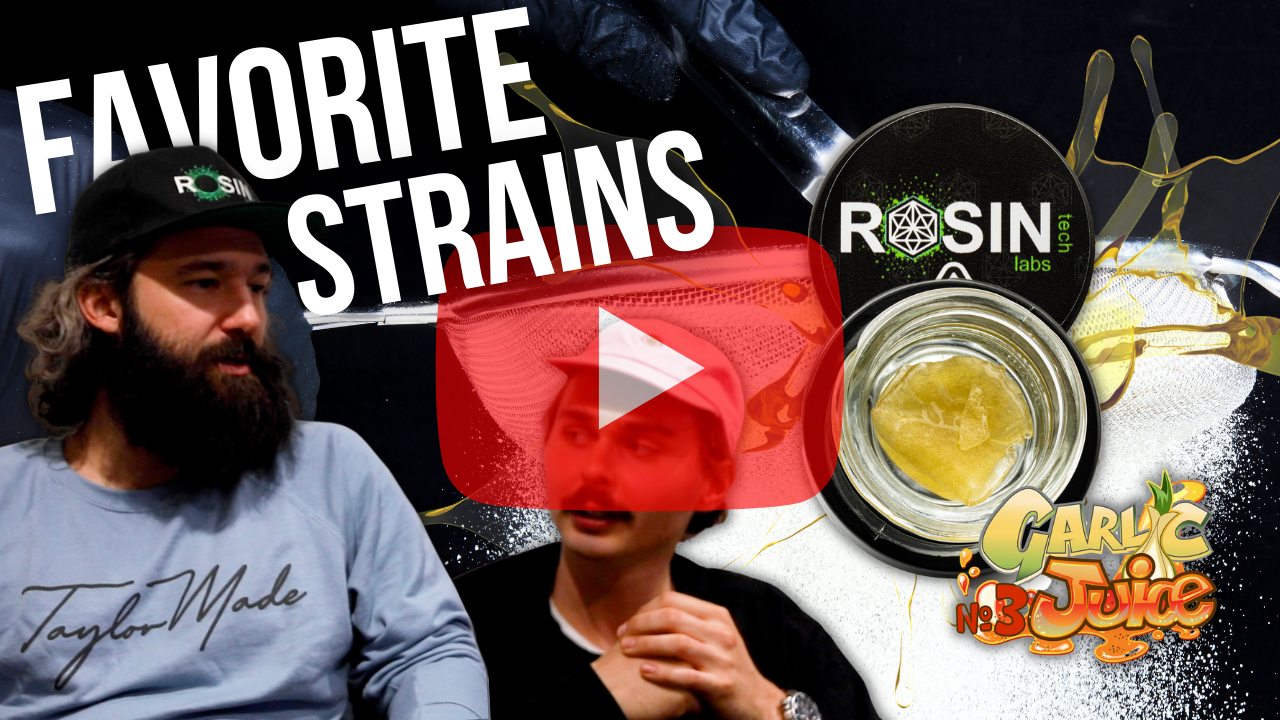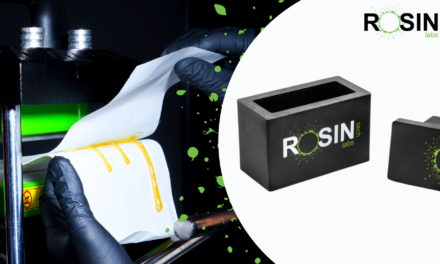THC diamonds are really making a name for themselves in the cannabis industry; these super potent concentrates are vying for the number one spot in the premium cannabis market. But while you may be forgiven for thinking THC diamonds are made with sci-fi lab tech that couldn’t possibly be done at home, you can in fact produce them from solventless rosin using the exact same equipment you used to make that rosin in the first place. So, let’s explore the surprisingly simple world of THC diamonds and solventless separation.
What are THC Diamonds?
THC diamonds are a crystalized, almost 100 percent pure form of THC that has been separated from the other cannabinoids and terpenes that make up our favorite flower. THC diamonds are rapidly growing in popularity, especially within the medical field as they allow for pinpoint accuracy of dosage and consistency of effects. They are also insanely potent cannabis concentrates that can really blow your head off if that’s what you are looking for.
Mechanical Separation
Mechanical separation, or fractional melting in this case, is a method of using heat and mechanical force to separate a substance into its constituent parts based on their differences in melting points. Because terpenes typically have much lower melting points than cannabinoids, it’s possible to use heat to melt just the terpenes, and then with the application of a little mechanical pressure, you can squeeze them away, leaving behind an incredibly pure mostly THC powder. Best of all, this can be achieved with a Rosin Press and all the same equipment you use to make rosin.
Solventless Separation with Rosin Tech
Solventless separation is a surprisingly straightforward process. To get started, all you need is a rosin press, some extra micron filter bags, parchment paper, and of course, some dank rosin to work with. The consistency of the rosin you use is important because rosin that is too hard or too liquid tends to be difficult to work with, so we advise using rosin that is solid yet still malleable for the best results.

Once you’ve gathered your equipment, hand form your rosin into a flat slab and place it inside a fine 25 or 45um filter bag. Then place it inside your folded parchment paper, much like you would when you make rosin normally.
Now, heat your plates to between 130 and 190 degrees F. This low temperature range will ensure only terpenes are melted, leaving the cannabinoids behind intact. Next, bring the plates together gently and slowly, and then incrementally increase the pressure until you see liquid terpene oil begin to seep out. As the flow of oil begins to slow, step up the pressure a little at a time until all the oil has escaped.
You may need to repeat the process a couple of times to remove all the oil. Once when you’re finished, open up your filter bag, and you should be left with a pure white powder that’s almost entirely made of THC.
THC Diamond Forming
Once you have your THC crystal powder, it’s time to turn it into diamonds. This is a simple matter of heating your THC powder in an oven at around 250 degrees F until it melts, and then allowing it to cool back into a single homogenous chunk. Once cooled, it can be broken up into pieces, and you will have created your very own THC diamonds.
On a final note, it’s worth mentioning that the method described here is by no means a definitive guide on the subject. Solventless separation is such a new technique that there’s no hard and fast rules for making THC diamonds, and as with all things rosin, we absolutely recommend that you experiment with time, temperature, and pressure settings to see what works the best.







Edit: THC is an oil; it is not crystalline. The crystalline substance being isolated in this technique is THCA (with the carboxylic acid still attached).
THC is a crystal
Can confirm. Jeremy is correct. THCA is crystalline, THC is not. A simple Google search can prevent you from being wrong in the future.
decarb turns crystalline thca from raw material into oil (if you’ve ever made edibles, this is why you activate [decarb] before any sort of infusion)
Casey very versatile true..
@dabsrosin looks at piece of hybrid bud wait a second here… this bud has little things that look like crystals. so thc cant be oil because it has crystals buds seeds stems flower..roots…carbon….bark…the stems are hard … seeds hard…..resin in my bowl after smoking weed that gets me high because thc gets you high if you smoke it, Hard..Hard like diamond…shines bright like a diamond Bright like a diamond in the sky! Thank Rhianna everyone for putting the missing puzzle piece together for us! It was infront of us this whole time THC IS DIAMONDS CAUSE WHEN YOU SMOKE THE WEED THAT HAS DIAMONDS YOU GET HIGH LIKE THE SKY AND BRIGHT LIKE THE SKY. AND RESIN LOOKS LIKE BLACK DIAMOND which is how I thought of Rhianna who is the one of told us THC is diamonds!
everyone else in the world-
THC is an oil always has been one always will. You call resin a diamond? Go get some motor oil put it in your car wait a few months then look at the old oil from the oil change, so you’re gonna tell us that that is considered a diamond because Rihanna came up with that secretly in your head? Tell us more please
Diamonds don’t shine. They reflect.
hey dumbass i dont wanna spend 9 minutes looking at your sauce, dumbass. i wanna watch you make it. and if all you are gonna do is talk like a dumb bitch, then at least write a script before hand, dumbass.
^ agreed need to show you making it, worst demo video of all time, because nothing is actually being made in it, it’s like a look I’m cool video.. :/
This did not help me so I’m winging it
dlad im dabbing figure it out
You suck ballz